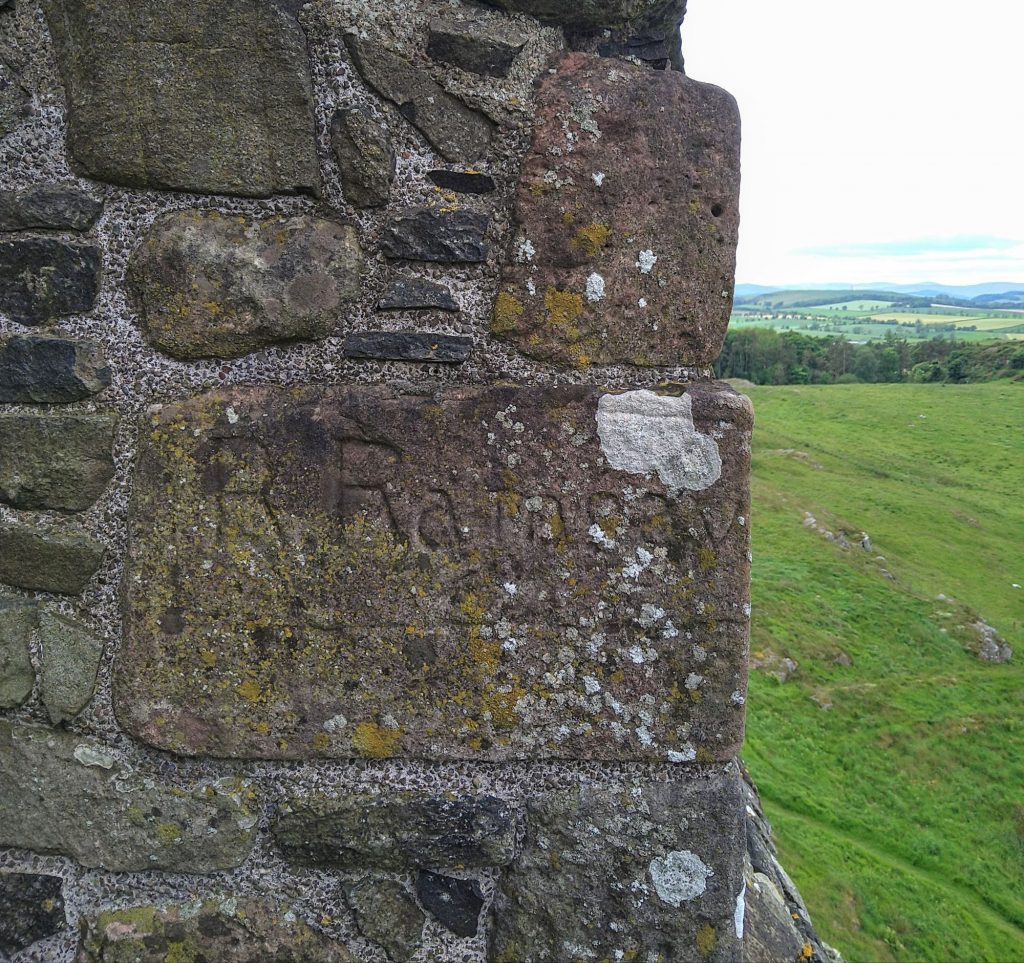Robert Balfour Wardlaw Ramsay
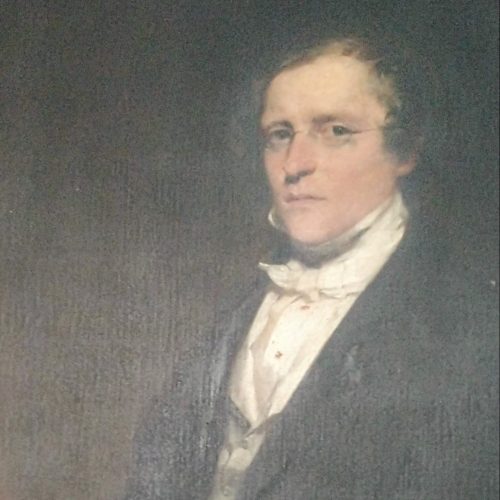
As a younger son of Lady Anne and Robert Wardlaw Ramsay, Robert was a gangly boy, described by his aunt, Lady Anne Lindsay, as a “good-hearted child”. He grew up knowing that William would inherit the estate, so he trained to join the East India Company by attending the college at Haileybury, where he learnt useful languages and won prizes. After that, he begged his parents to allow him to do the Grand Tour, and join William who was already in Rome. Once Mr Botcherby had been found to bearlead him, they set out in 1834, on a continental adventure, which Robert duly recorded in his diary, listing all the churches, galleries, and works of art he saw.
The boys returned together, and then Robert set sail for Calcutta to join the Civil Service there. He spent the time writing up his Grand Tour journal, which proved useful for reading to his hosts in India. His uncle, Charles Robert Lindsay and aunt Elizabeth took him under their wing but, sadly, Lindsay died the following year. The East India Company was in process of being disbanded, and Robert was dismayed to find the famous college at Fort William in decline, the teachers responding only to bribes. However, he bought a couple of ponies so he could take part in the local sports, polo and pig-sticking, whenever there was a lull in his work.
Bearing in mind that letters could take up to 6 months to arrive, the news of his brother’s and father’s deaths in 1836 must have arrived simultaneously. He was given leave to return home, where he found his family in disarray, and much to do as the 18th Laird of Whitehill. After double death duties had been settled, he was able to take stock of his considerable inheritance in land, woods, coal mines, brick works, glass works, and salt pans. Although his father had left the house in Moray Place to his mother, Robert sold it. The trustees were appalled and had to persuade him to compensate his mother. She moved with his younger brothers to a house in Leamington Spa, a period vividly described by Balcarres in his own Memoir.
In 1841, he married Lady Louisa Hay, a daughter of Field Marshal George Hay, 8th Marquess of Tweeddale. She was 22 and he 25, and they travelled around Italy for a couple of years, along with a lady’s maid and man servant (un-named on the passport) on a protracted honeymoon. A stillborn baby is buried in the Protestant Cemetery in Florence. They went on to have 10 other children.
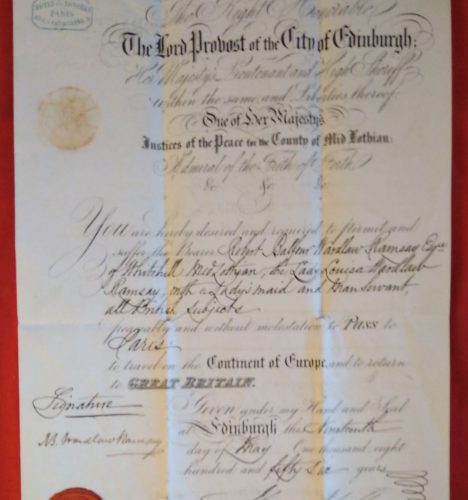
Once home again, they moved into the newly completed Whitehill house, designed by William Burn and built by David Bryce, in 1844. Robert filled the house with paintings, purchased during his various trips to Italy, and the family lived in grand style (a butler and a French lady’s maid). He was active locally: as Deputy Lieutenant of Midlothian, being presented to William IV, presumably early in 1837… and in 1847 he was appointed Captain of the Royal Midlothian Regiment. He spearheaded the public appeal to save Rosslyn Chapel and funded the new carriage road to the glen.
Robert was also a director of an insurance company, and presumably held other directorships.
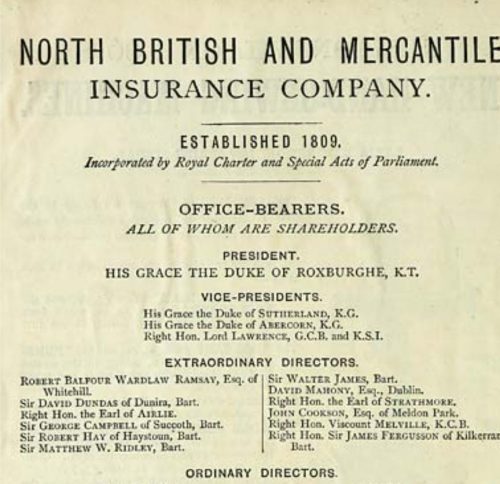
Whitehill house was close to Whitehill Colliery, which was worked by miners from Northern Italy, so Robert built a Catholic church in Roseburn for them. He hired mining engineer Archibald Hood to run the colliery and, in 1856, Hood took advantage of a temporary drop in the price of coal to buy Whitehill Colliery out. Hood eventually acquired all the Wardlaw Ramsay pits, and extended the Polton and Penicuik railways to service them.
Faced with bankruptcy, Robert was obliged to take drastic measures to economise. The house was shut up prior to being let, and the family moved to Paris. They spent some years travelling in France and Italy, before returning to the UK, so that their son George could attend school. The house was let, though they returned to it at intervals. In 1863, while the family was living in a rented house in Swanage, their daughter Annie died, age 18. Robert’s mental state appears to have deteriorated and family life, now back in Whitehill, was marred by his violence to towards his children. Physical punishment was the norm, but the beatings that Robert inflicted on his son and daughters were not normal (they were recorded by a grandchild). The girls escaped their dismal home by getting married or joining Missionary Leagues. George joined the army and went to India. In 1878 the drastic step of selling the paintings was taken, and the Old Masters were sent to London to be auctioned. Another 61 paintings were auctioned from Whitehill, an event attended by all Robert’s friends and neighbours. Robert lived until 1882, long enough to welcome his son Robert George home from India and army service. Robert George married Alice Hogg in 1885, and lived for a while in Whitehill. His father’s diaries and letters, and a catalogue of his art collection, together with detailed notes about art, survive, as does an entire chest of estate accounts (now in the National Archives).
Letters in GD143/83
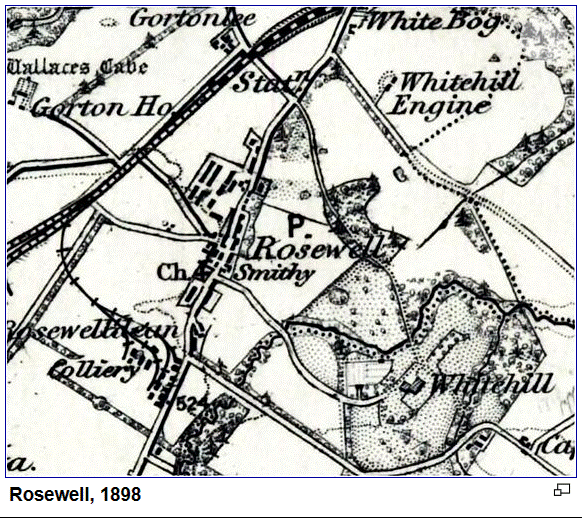
Whitehill Colliery in Rosewell
